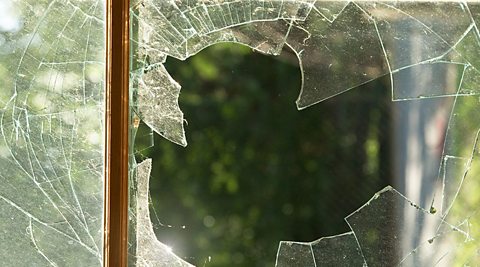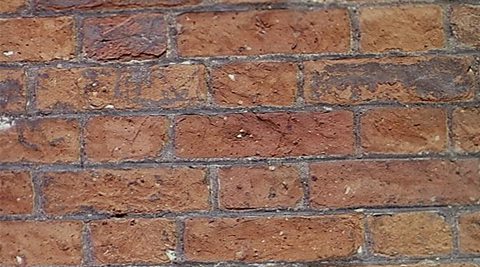Different materials
Different materialsThings that are used, sometimes to make other things. have different propertiesThe characteristics of something. In chemistry, chemical properties include the reactions a substance can take part in. Physical properties include colour and boiling point., but they may also have some properties in common. The table summarises some of the typical properties of glass and clay ceramics, and metals.
| Glass | Clay | Metals | |
| Appearance | Transparent | Opaque | Shiny |
| Melting point | High | High | High |
| Malleable or brittle | Brittle | Brittle | Malleable |
| Ability to conduct electricity | Poor | Poor | Good |
| Ability to conduct heat | Poor | Poor | Good |
| Appearance | |
|---|---|
| Glass | Transparent |
| Clay | Opaque |
| Metals | Shiny |
| Melting point | |
|---|---|
| Glass | High |
| Clay | High |
| Metals | High |
| Malleable or brittle | |
|---|---|
| Glass | Brittle |
| Clay | Brittle |
| Metals | Malleable |
| Ability to conduct electricity | |
|---|---|
| Glass | Poor |
| Clay | Poor |
| Metals | Good |
| Ability to conduct heat | |
|---|---|
| Glass | Poor |
| Clay | Poor |
| Metals | Good |
Glass ceramics

Glass is made by melting sand with other substances (especially metal oxides), then allowing the moltenA term used to describe a liquid substance (eg rock, glass or metal) formed by heating a solid. liquid to cool and solidify. Glass is transparentAble to be seen through. and hardAble to resist wear, scratching and indentation., but it is brittleIf something is brittle it is easily broken..
Clay ceramics
Clay ceramics include brick, china and porcelain. They are made by heating clay to high temperatures, which causes crystalA solid containing particles (atoms, molecules or ions) joined together to form a regular arrangement or repeating pattern. to form and join together. Clay ceramics are often coated with a glaze, which hardens on heating to form a hard, smooth, opaqueNot transparent or see-through. and waterproof layer.

Metals
metalShiny element that is a good conductor of electricity and heat, and which forms basic oxides. are malleableCapable of being hammered or pressed into a new shape without being likely to break or return to the original shape. and ductileA ductile material is capable of being drawn into thin sheets or wires without breaking., so they can be bent into shape or made into wires without shattering. Unlike glass and clay ceramics, metals are good electrical conductorA material which allows charge to move easily through it..
Polymers
polymerA large molecule formed from many identical smaller molecules known as monomers. are poor conductors of electricity and heat, but their other properties vary depending upon the particular polymer. For example, they can be transparent or opaque. They are often tough and flexibleCapable of being bent or flexed many times without breaking., but some are hard and brittle.